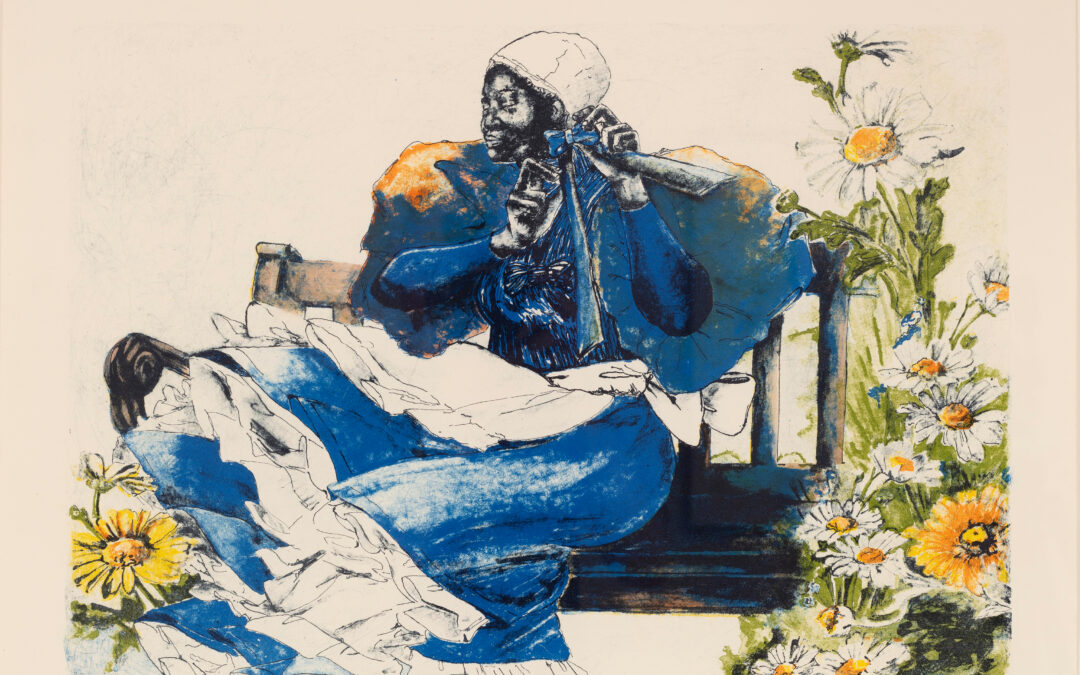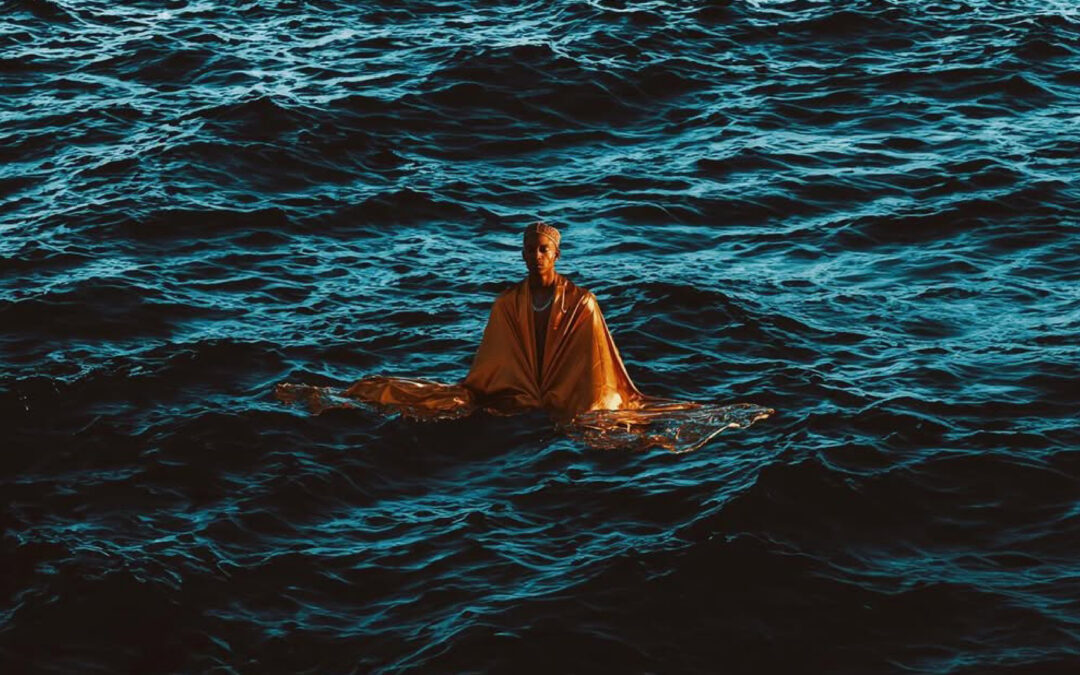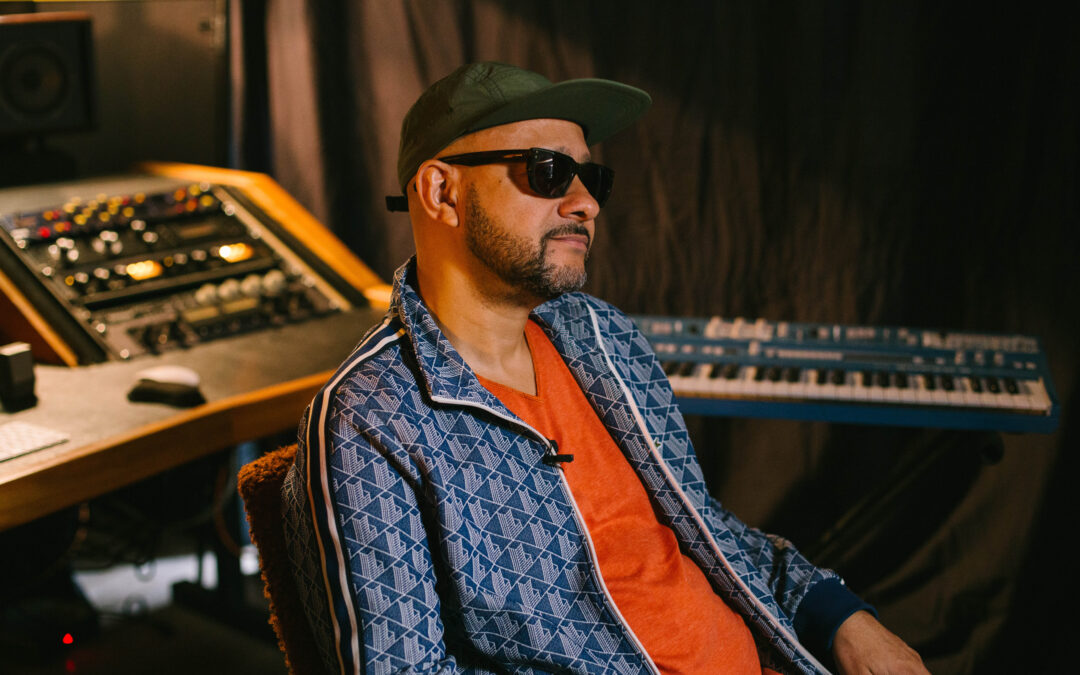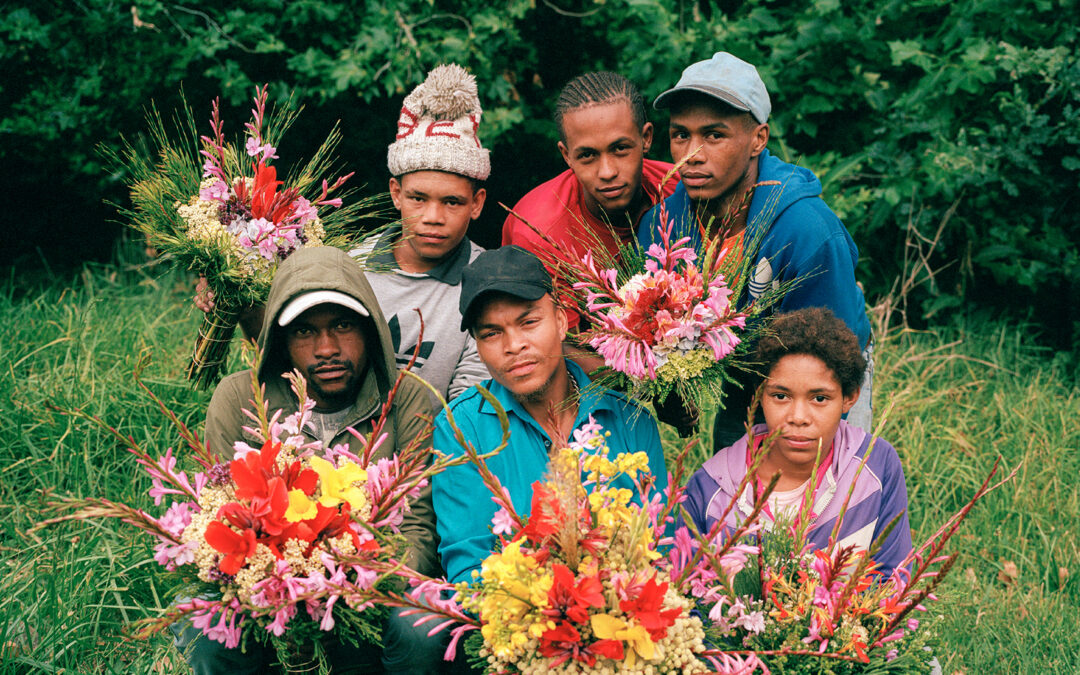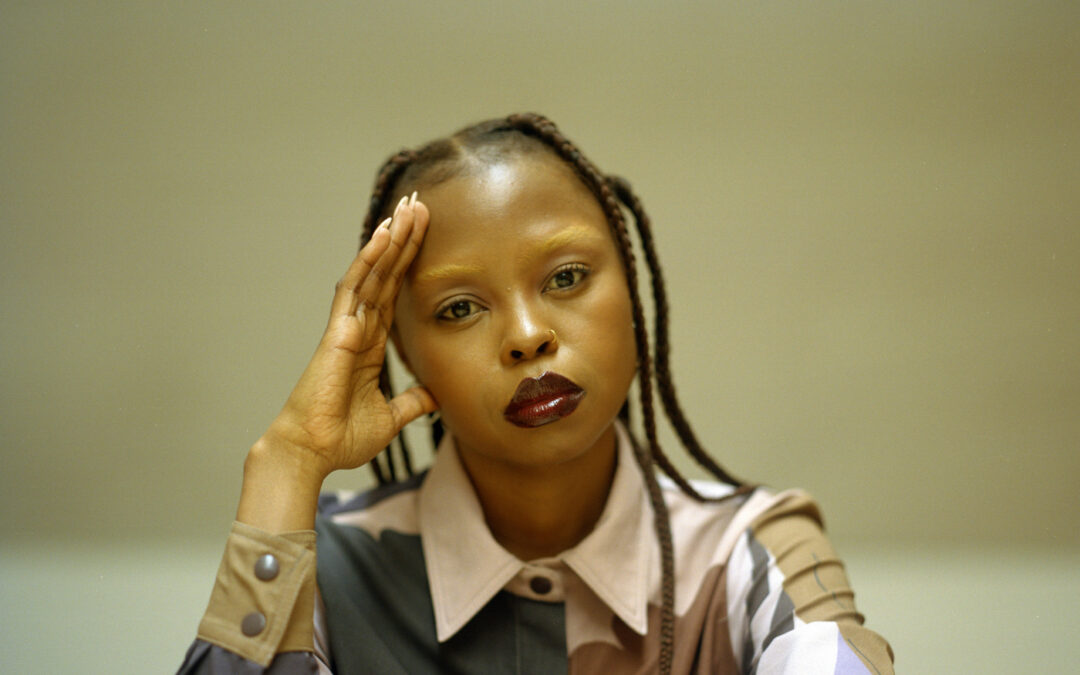The art industry can appear, like so many industries, as a kind of unknowable mirage; somewhat intimidating or elusive, and a space increasingly required as a navigable route for artists and professionals alike. There has been no greater or more accepted time for people to pursue art as a viable career; with a 2020 SACO report stating that core creative industries such as art, music and film contributed “R271.9 billion to the capital stock of South Africa” during the the 2018 period in which the study was compiled. This is a number set to increase if resources and accessibility begin to widen and steady. Karabo Morule is a figure at the forefront of the critical intersection between art as an expression, and art as a financial and social function of a country and society. As a business executive turned entrepreneur, Karabo was the second black, African woman to qualify as an actuary. With a background at JP Morgan and Old Mutual, Karabo’s newest frontier sees her weaving her passion as an collector, investor and patron of the arts into Capital Art; the first art collection management platform focused on African Art. Karabo’s vision is to ensure that African art is expanded into a bankable asset class, so that contemporary work African artwork is not relegated to artefacts, but rather as pieces that serve a long-term value function for artists, collectors and the continent. In my many conversations with creatives, a theme that often comes up is the difficulty in navigating their creative medium and works into a financially sounds framework, which demands business acumen, time management and detail orientation in unfamiliar environments or areas – that we were certainly not taught at school, and that many learn through trial and error in navigating the industry. This challenge is precisely part of what Capital Art assists to solve, and in this conversation with Karabo – she offers some incredible knowledge for artists and collectors, established and aspiring alike, to consider as part of enhancing their pathway with the arts.
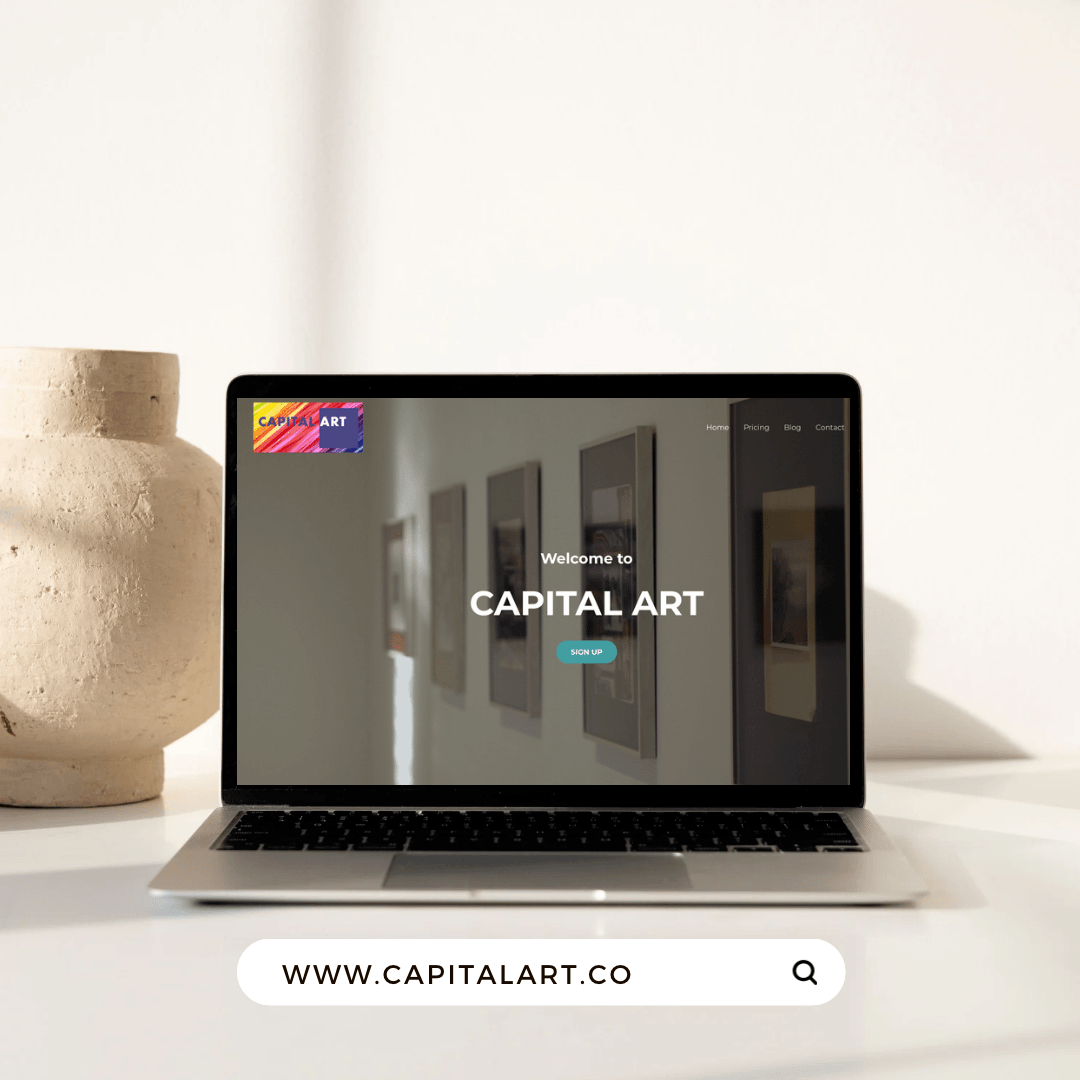
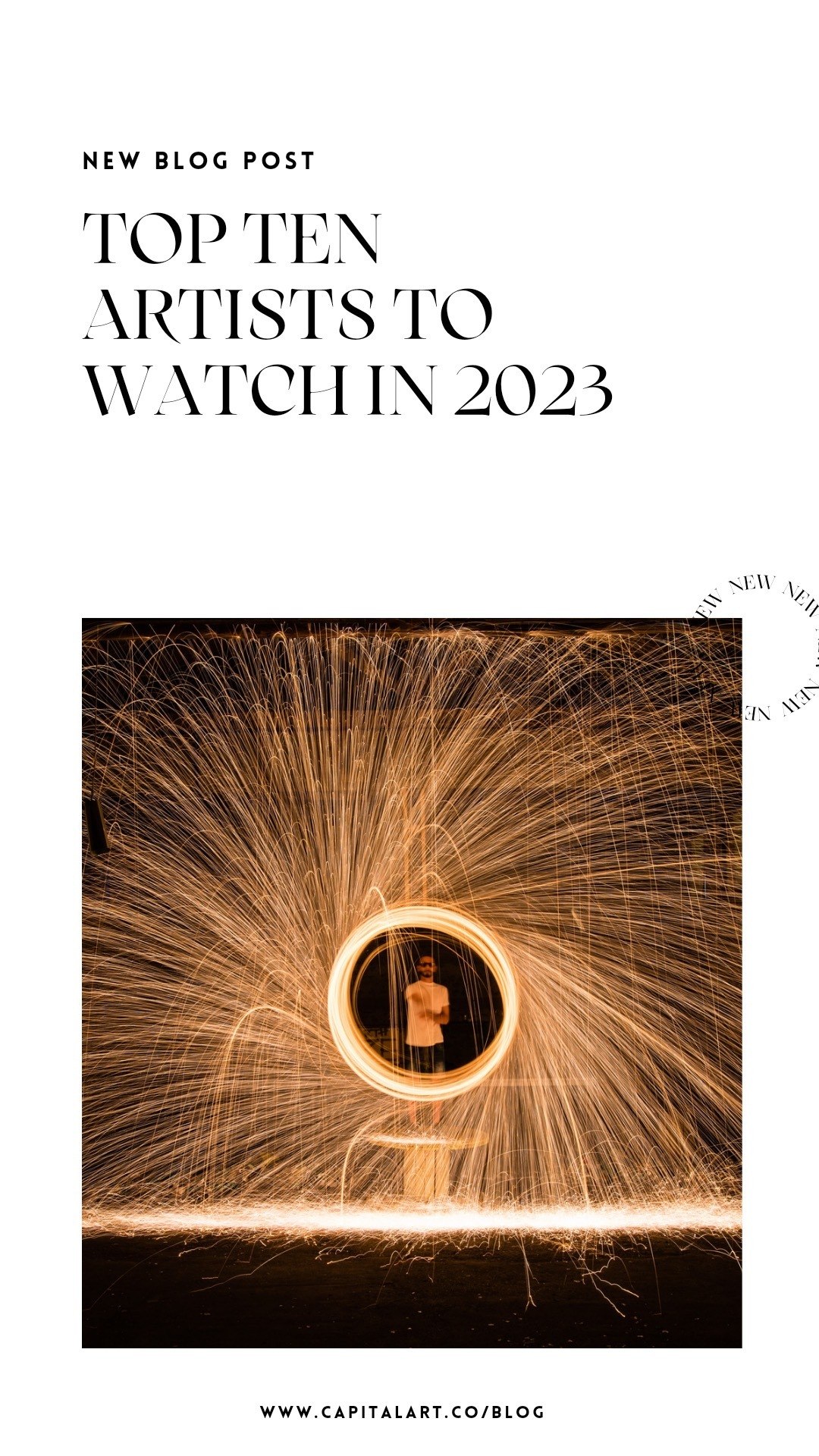
“I was born and raised in Johannesburg, and then came to Cape Town to study actuarial science and finance at UCT. I moved back to Joburg to join JP Morgan and their investment banking business, with an initial start in derivatives marketing. I moved to London with the company, who offered a graduate program which included a rotation in London or New York for two years. For somebody working in finance, it was a wonderful place to be – it’s one of the financial centres of the world, and also to experience the global financial crisis there. It was actually living there, along with other expats, that I fostered my love for art, and visiting galleries and exhibitions.” When Karabo came home to South Africa, she joined Old Mutual with the intention to develop her qualification as an actuary, in a traditional actuarial setting. Actuarial science is a wholly foreign concept to me, but it is one that underpins our world massively; with an actuary being someone who assesses financial risks using mathematical and statistical methods, alongside financial theory. On this pathway, Karabo says, “I became managing director for the personal finance business unit, and that was fantastic, as I was one of the first women to manage one of the two big retail businesses at Old Mutual. I did that until 2019, and I left to pursue what I had always wanted to do, which was to be an entrepreneur. I wanted to challenge myself to apply my skill sets and experience to change the world from the ‘bottom-up’, and build something meaningful. That was how I got into art technology, which was sparked actually by a conversation with art advisor Alexia Walker, and we started talking about art as an asset class in the African context, and thinking about the digitisation of the industry, and the role that fintech and collection management could play in the contemporary art spaces of the future.”

L-R Karabo Morule, Elikem Keunyehia and Ugoma Ebiloh in a panel discussion at Investec Cape Town Art Fair 2023.

FNB Art Joburg 2021 BMW Young Collectors Co Panel discussion on Art Collecting moderated by Valerie Kabov with Karabo and Leana Engelbrecht.
Capital Art is a platform that hosts a web-based art collection management system which enables art collectors to better manage and protect the value of their art collections.The platform software allows collectors to easily organise, digitise, preserve and potentially add value to their artwork online, which in turn increases the value of an artist’s work, and provides regulation for Africa’s art industry as a whole. In the beginning, Karabo was met with funding challenges, as she describes “I think funding is a really big challenge in South Africa. We approached a number of big financial institutions, and people didn’t quite understand art technology; it’s a creative business, so they weren’t concerned about it from a financial perspective. I think that experience underscores the very issue that Capital Art seeks to address, which is that collection management in South Africa is largely unknown. A lot of our journey so far has actually been about market development in that way; showing people that there is this missing link in how art can be produced and proliferated. I also think the notion of art collection is something we see as exclusive, and for people who are wealthy; but even if you have one or two works, and you bought it at the start of an artist career, you are collector, and that piece/s can be a very valuable asset to keep and preserve in your lifetime. There’s things you need to take care of, for the financial value – but crucially, for the cultural value.” Karabo points out that a lot of art on the continent has been historically excluded, and if we are to reshape Africa’s significant artistic contribution to the world, then owning art is as much a responsibility as it may be an aesthetic choice in our spaces. As Karabo explains, “it is worthwhile to engage with collection management, and it has benefits for the creators, which was something I really wanted to emphasise and understand as we developed Capital Art. I think the perception is that collectors are doing it for their own pocket or benefit, but I haven’t found that to be necessarily true. As collectors make sure that they are looking after the art, whenever they sell it – that is then a new price point can reference, and that their artwork is actually capturing a certain value.”
Rarely do we get to engage with art as an industry, outside of the incredible artist that we speak to, and so this conversation and Karabo’s work offered a profound expansion of my own thinking in terms of the future of South Africa’s creative arts. I ask Karabo what she feels about the South African landscape right now, “I appreciate that I am fairly novice within the art industry, but I also feel that I am helping to bring a unique perspective, along with others who have different backgrounds, and then coming into the art space and offering fresh eyes. Bringing together finance and art can really grow the industry. I definitely share the common sentiment that we really do need to focus on more assistance of our artists and industry role-players, and I think philanthropy does have a huge role to play in that; because philanthropy can accept a lot more risk.” As for the challenges in South African art, Karabo points out that, “we have so many people who are young, and have this big aspiration, and the struggle for access for facilities is big, along with the funding challenges for institutions and art-centres in various communities. Still, we have a lot of school children in the country not visiting art institutions as part of their education whether it’s in primary or high school. This really affects the kind of engagement that should be fostered in people from a very young age; these could be the future artists, collectors or entrepreneurs. All the while South Africans are so incredibly talented, and the African continent too, and there are many people working towards breaking down the barriers to access. I think of Athi-Patra Ruga starting a residency, and Julia Buchanan starting Art School Africa, which is also a web-based platform, but focused on assisting training and education, and art students transition into the professional sector.”
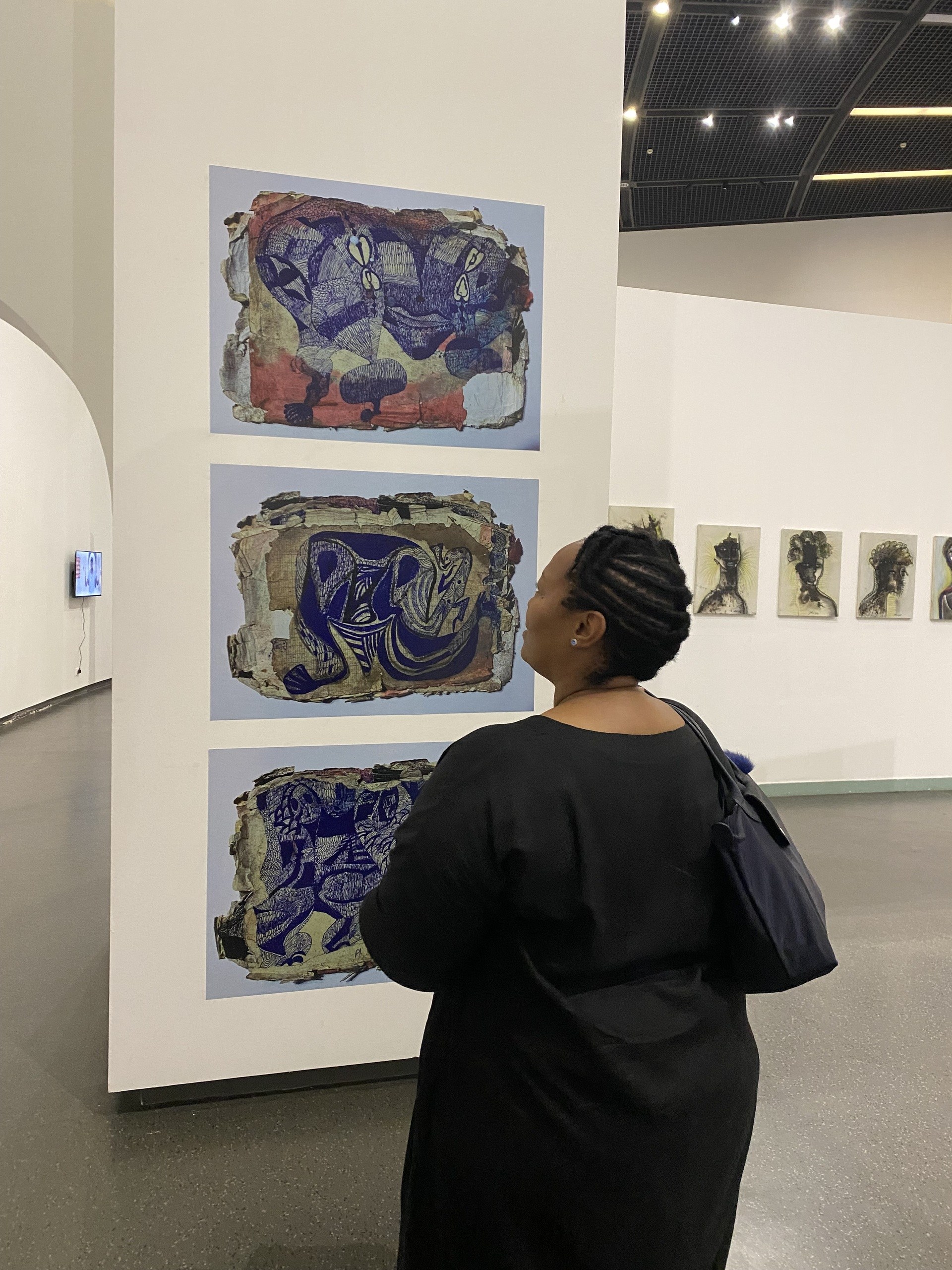
Karabo Morule at the Dakar Biennale for Contemporary African Art 2022.
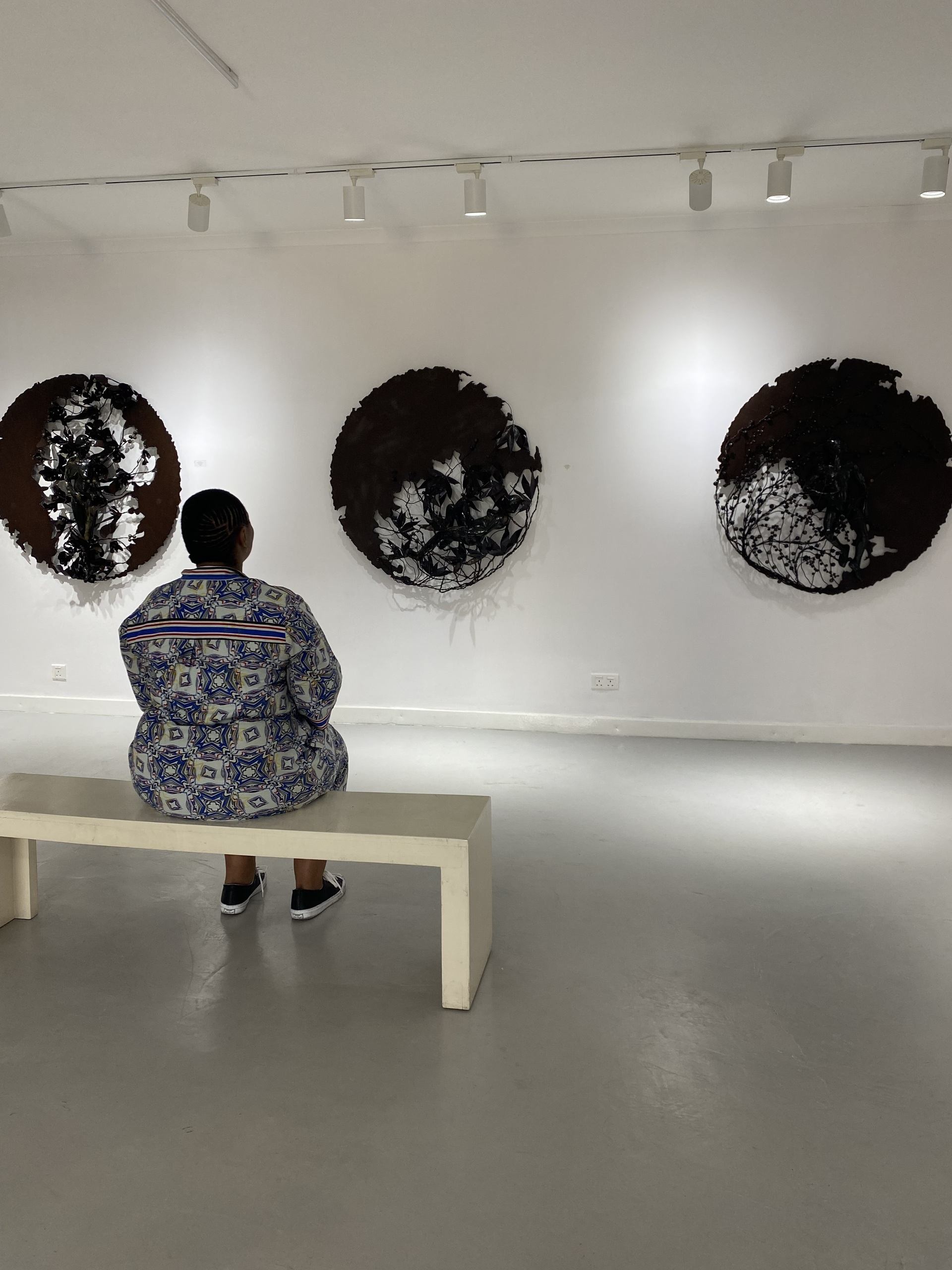
Karabo at ReLe gallery during ARTX Lagos 2022.
I wanted to understand precisely what collection-management is, and what we may not know as people outside of the heart of the art industry. Karabo explains, “collection management is the process of making sure you document the details of the art that you have, and it’s really important to ensure to do this, so that we don’t relegate our art to just being decoration. I think there is a kind of activism in teaching this to people – and there are more technical things like how direct sunlight can affect artworks, and making sure it is properly framed and protected with museum-glass through specialist framers. My financial background has helped inform me about the importance of insurance for artworks. Another interesting part of collection management is the prospect of financing for art – so assisting people in getting loans and security in purchasing art. These are all part of our vision at Capital Art; where there is a transaction of art, how can we make the collection-management and saving of those details as easy as possible? How can we ensure that there is traceable information for collectors, on all levels, in the country? Exhibition material, artists statements, the letters of authenticity and purchase invoices, these are all vital in retaining the story of your artIf one’s art is going to change hands, all this documentation assists in ascribing a relevant value. I can have a Picasso, for example, but if it’s not signed by Picasso or I have no documentation, I could take it to an auction house and they could give an incorrect figure.” Karabo feels there is an urgency in collection management on the continent, and shares that African art only makes up 1% of the global art market, which is a shocking statistic. Some of it, as she says, has to do with the structures not being in place that could facilitate and maximise the potential of the artistic industry/s on the continent. I left this conversation with Karabo feeling a deep sense of encouragement for the kind of minds and visions that are working towards the South African & African creative arts; at Connect Everything Collective, this underpins every intention we set in our conversations and content. Engaging with art is a right; and we cannot wait to see how Capital Art goes on to inform a bright future for African art, artists and guardians.
We encourage you to explore Capital Art HERE, which includes a free, basic collectors package for anyone who would like to explore collection-management.
Written by: Holly Beaton





